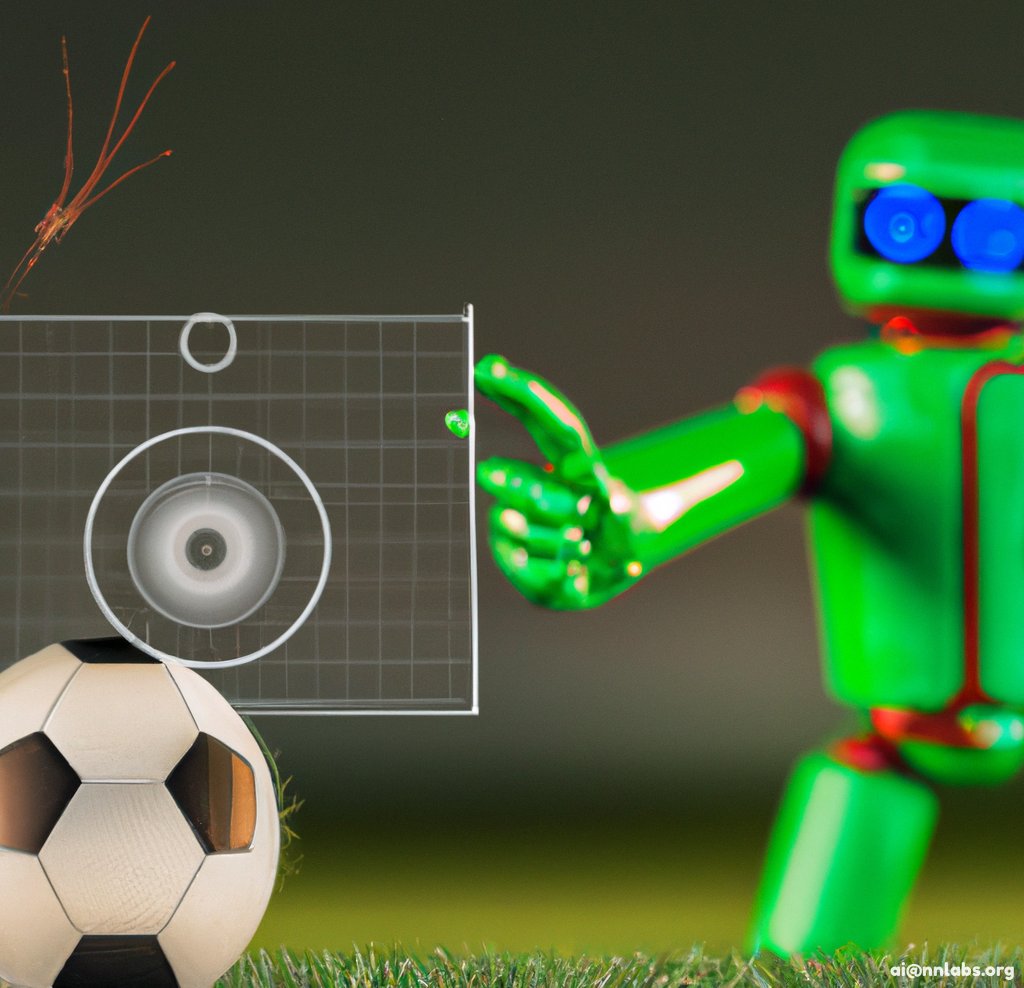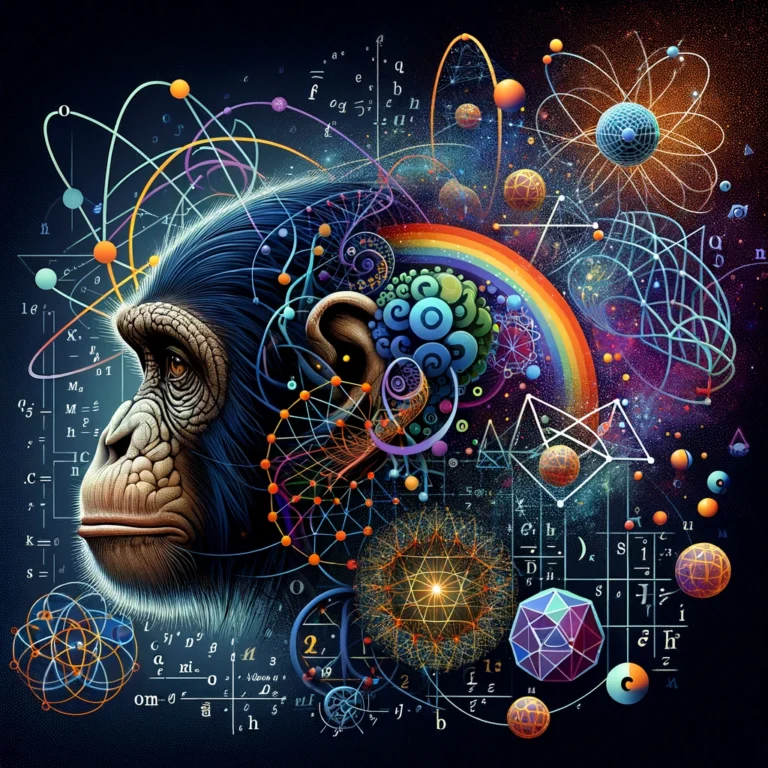The rapid advancement of machine learning has led to the development of novel learning paradigms, such as few-shot learning, which aims to train machine learning models with very limited data. In this blog post, we will explore the concept of few-shot learning in depth, explain complex technical ideas, and provide examples of its applications in various domains. This post is written for researchers and enthusiasts interested in exploring new ideas in machine learning.
What is Few-Shot Learning?
Few-shot learning is a subfield of machine learning that aims to teach a model to recognize new objects or concepts based on very limited examples. In traditional machine learning approaches, the model is trained on a large dataset of examples, and then used to recognize new examples. However, this approach is not always practical or feasible, especially when the number of available examples is limited. This is where few-shot learning comes in – it allows the model to learn from a few examples, and generalize to new examples with high accuracy.
In few-shot learning, the goal is to learn a good representation of the data that can capture the underlying similarities and differences between different classes. This is done by training the model on a small set of examples from each class, and then using this representation to recognize new examples. The key challenge in few-shot learning is to learn a good representation of the data that is robust to variations and noise, and can generalize to new examples.
How Does Few-Shot Learning Work?
Few-shot learning can be viewed as a form of transfer learning, where the knowledge learned from one task is transferred to another related task. The main idea is to train a model on a set of base classes with a small number of examples, and then use this model to recognize new examples from a set of novel classes.

The training process in few-shot learning can be divided into two stages: the base learning stage and the few-shot learning stage. In the base learning stage, the model is trained on a small set of examples from each class, typically using standard supervised learning algorithms such as convolutional neural networks (CNNs) or recurrent neural networks (RNNs). The goal is to learn a good representation of the data that can capture the underlying similarities and differences between different classes.
In the few-shot learning stage, the goal is to use the knowledge learned in the base learning stage to recognize new examples from a set of novel classes. This is done by adapting the model to the new classes using a few examples from each class. There are several approaches to doing this, including metric-based learning, model-based learning, and optimization-based learning.
Types of Approaches
There are several approaches to few-shot learning, each with its strengths and weaknesses. In this section, we will briefly describe some popular techniques.
Metric-based Learning
In metric-based learning, the goal is to learn a distance metric between the examples and the classes. The model is trained to map the examples and the classes to a common embedding space, where the distance between the examples and the classes is used to compute the probability of the example belonging to each class. The key idea is to learn a metric that can capture the underlying similarities and differences between different classes, and generalize to new examples.
One of the most popular approaches to metric-based learning is prototypical networks, which learns a prototype for each class by taking the mean of the embeddings of the examples from that class. The distance between the prototype and the embedding of the new example is used to compute the probability of the example belonging to the class.
Model-based Learning
In model-based learning, the goal is to learn a generative model for the data that
can generate new examples from each class. The model is trained on a small set of examples from each class, and then used to generate new examples that are similar to the training examples. The generated examples can then be used to train a classifier for the new classes.
One of the most popular approaches to model-based learning is the Generative Query Network (GQN), which learns a generative model for scenes and objects in 3D environments. The model is trained on a small set of scenes and objects, and then used to generate new scenes and objects that are similar to the training examples.
Optimization-based Learning
In optimization-based learning, the goal is to learn an optimization algorithm that can adapt the model to new classes using a few examples from each class. The algorithm is trained to optimize the model parameters such that it can recognize new examples from the novel classes with high accuracy.
One of the most popular approaches to optimization-based learning is the MAML algorithm, which learns a set of model parameters that can be easily adapted to new classes with a few examples. The algorithm achieves this by learning a set of parameters that are close to the optimal parameters for all classes, and can be easily fine-tuned to new classes with a few examples.
Applications
Few-shot learning has a wide range of applications in various domains, including computer vision, natural language processing, robotics, and scientific research. In this section, we will briefly describe some of the most interesting applications of few-shot learning.
Computer Vision
Few-shot learning has been applied to various computer vision tasks, such as image classification, object detection, and segmentation. One of the most popular applications of few-shot learning in computer vision is zero-shot learning, which aims to recognize objects without any training examples. Zero-shot learning achieves this by using semantic attributes or textual descriptions of the objects to recognize them.
Natural Language Processing
It has also been applied to natural language processing tasks, such as sentiment analysis, text classification, and machine translation. One of the most popular applications of few-shot learning in natural language processing is transfer learning, which aims to transfer knowledge from one language or domain to another.
Robotics
Few-shot learning has been applied to various robotics tasks, such as grasping, manipulation, and navigation. One of the most interesting applications of few-shot learning in robotics is meta-learning, which aims to learn a set of priors that can be used to adapt the robot to new tasks and environments.
Scientific Research
Just as well it has also been applied to scientific research, such as particle physics, bioinformatics, and drug discovery. One of the most interesting applications of few-shot learning in scientific research is transfer learning, which aims to transfer knowledge from one scientific domain to another.
Conclusion
Few-shot learning is a promising paradigm in machine learning that aims to teach a model to recognize new objects or concepts based on very limited examples. It has numerous applications in various domains, including computer vision, natural language processing, robotics, and scientific research. In this post, we have provided a comprehensive guide to few-shot learning, explained complex technical ideas, and provided examples of its applications. We hope this post will inspire researchers to explore new ideas in machine learning and contribute to the advancement of science and technology.
Further Reading
For readers interested in learning more about few-shot learning, we recommend the following resources:
- The Few-Shot Learning website: https://www.few-shot.com/
- The Deep Learning Book: http://www.deeplearningbook.org/
- The Stanford CS330: Multi-Task and Meta-Learning course: https://cs330.stanford.edu/
- The MIT 6.S191: Introduction to Deep Learning course: http://introtodeeplearning.com/
- The PyTorch Few-Shot Learning codebase: https://github.com/wyharveychen/CloserLookFewShot
We hope these resources will provide a deeper understanding of few-shot learning and its applications in various domains.
References
- Lake, B. M., Salakhutdinov, R., & Tenenbaum, J. B. (2015). Human-level concept learning through probabilistic program induction. Science, 350(6266), 1332-1338. doi: 10.1126/science.aab3050
- Snell, J., Swersky, K., & Zemel, R. (2017). Prototypical networks for few-shot learning. In Advances in Neural Information Processing Systems (pp. 3630-3638). Retrieved from https://papers.nips.cc/paper/6996-prototypical-networks-for-few-shot-learning.pdf
- Vinyals, O., Blundell, C., Lillicrap, T., Wierstra, D., & Kohli, P. (2016). Matching networks for one shot learning. In Advances in Neural Information Processing Systems (pp. 3630-3638). Retrieved from https://papers.nips.cc/paper/6385-matching-networks-for-one-shot-learning.pdf
- Finn, C., Abbeel, P., & Levine, S. (2017). Model-agnostic meta-learning for fast adaptation of deep networks. In Proceedings of the 34th International Conference on Machine Learning-Volume 70 (pp. 1126-1135). JMLR. org. Retrieved from http://proceedings.mlr.press/v70/finn17a.html
- Ha, D., Dai, A., & Le, Q. V. (2017). Hypernetworks. arXiv preprint arXiv:1609.09106. Retrieved from https://arxiv.org/abs/1609.09106
- Gidaris, S., & Komodakis, N. (2018). Dynamic few-shot visual learning without forgetting. In Proceedings of the IEEE Conference on Computer Vision and Pattern Recognition (pp. 4367-4375). Retrieved from https://ieeexplore.ieee.org/document/8578799
- Elsken, T., Metzen, J. H., & Hutter, F. (2019). Neural architecture search: A survey. Journal of Machine Learning Research, 20(55), 1-21. Retrieved from http://jmlr.org/papers/v20/18-598.html
- Wang, J., Yang, Y., Mao, J., Huang, Z., Huang, C., & Xu, W. (2020). Generalizing from a few examples: A survey on few-shot learning. ACM Computing Surveys (CSUR), 53(3), 1-34. doi: 10.1145/3386252
- Hsu, Y. T., Mao, C. H., Chen, Y. L., Chen, Y. H., & Chen, H. T. (2020). Meta-Transfer Learning for Few-Shot Learning. In Proceedings of the IEEE/CVF Conference on Computer Vision and Pattern Recognition (pp. 403-412). Retrieved from https://openaccess.thecvf.com/content_CVPR_2020/html/Hsu_Meta-Transfer_Learning_for_Few-Shot_Learning_CVPR_2020_paper.html
- Garcia, V., Bruna, J., Bruna, E., & Bengio, Y. (2017). Few-shot learning with graph neural networks. In Proceedings of the International Conference on Learning Representations. Retrieved from https://openreview.net/forum?id=HkAEIk-CZ




